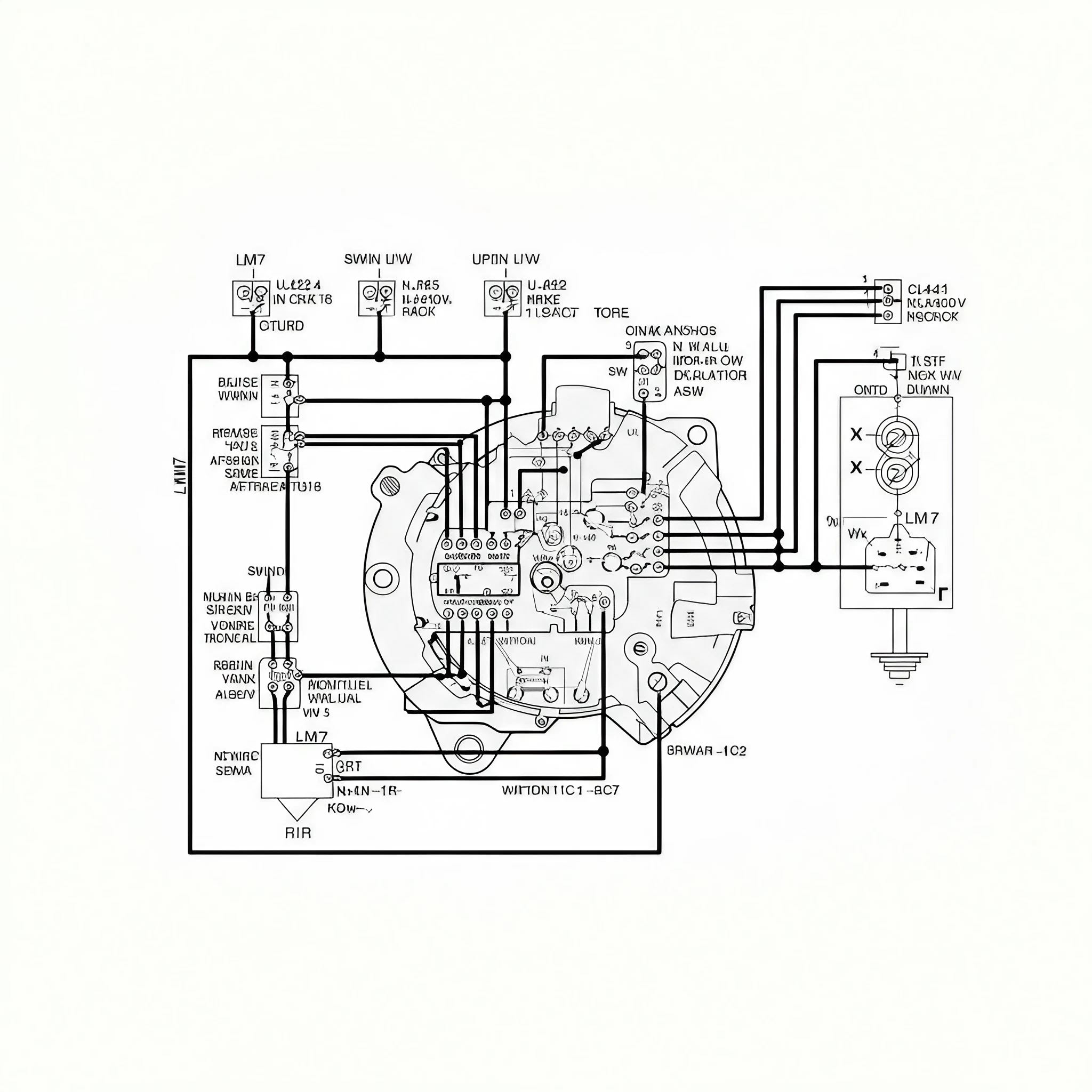This comprehensive guide dives deep into what makes Biitland.com unique, from its standout features to its valuable insights into investment trends. By the end, you’ll understand how Biitland.com crypto features can empower your financial decisions while equipping you with expert-backed tools and analyses.
What Is biitland.com crypto?
biitland.com crypto is a dedicated online platform that brings clarity to the complex and often overwhelming world of cryptocurrency. Built by a team of seasoned researchers and writers, the platform focuses on educating, informing, and empowering individuals to make confident decisions about blockchain-based investments.
Their mission is clear:
- Educate users with easy-to-understand crypto guides (think “Bitcoin 101” or “Stablecoins Basics”).
- Inform investors of emerging trends and opportunities within the market.
- Empower individuals to take control of their crypto investment strategies confidently.
Whether you’re a beginner looking to understand the foundations of cryptocurrency or an experienced investor navigating the intricacies of digital assets, Biitland.com has something valuable for you.
Core Features of Biitland.com Crypto
At its heart, the platform offers a wide range of features finely tuned to meet the needs of crypto enthusiasts. Here’s a closer look at the standout offerings:
1. Expert Analysis on Digital Assets
The world of cryptocurrency is vast, with thousands of digital assets and tokens vying for attention. Biitland.com specializes in breaking down complex crypto projects to give users clear insights into their potential. From Bitcoin to Ethereum to newer altcoins, the platform provides expert-backed discussions to help you stay informed.
2. Biitland.com Stablecoins Insights
Stablecoins are reshaping finance by providing a bridge between traditional currencies and crypto. At Biitland.com, you’ll find in-depth guides on the benefits and risks of stablecoins, ranging from fiat-backed options to their algorithmic counterparts. They even tackle real-world lessons from stablecoin collapses, like TerraUSD, helping you avoid pitfalls.
3. Tasting the Waters of Crypto Markets
One remarkable feature is Biitland.com’s live prices tool. This tool allows users to track key price movements, offering a birds-eye view of the market alongside detailed charts that illustrate historical data and projections. If you’re wondering about the latest Biitland com crypto price, this is the place to check.
4. Tailored Investment Tools
Investment isn’t just about buying and holding. It requires a strategy—and Biitland.com has outlined 5 Best Crypto Investment Tools That Made Investors Profit. These tools allow you to manage portfolios, automate trades, and analyze investment data with precision.
5. Comprehensive Guides for Beginners
If you’re new to the crypto ecosystem, Biitland’s beginner guides (like “Bitcoin 101” and “Crypto Exchanges Explained”) ensure everyone can participate. These resources cover everything from opening your first wallet to building trading strategies.
6. Industry Deep Dives
Biitland.com goes beyond surface-level analysis with its “Technology Deep Dives” section. Here, readers can explore the mechanics of tokens, learn the potential future of blockchain, and discover what large financial players are adopting in the crypto space.
Investment Opportunities with Biitland.com
Biitland.com isn’t just a guide—it’s a gateway to smarter investments. Leveraging its resources means unlocking insight into:
- Emerging Blockchain Projects: Spot early opportunities to invest in next-generation technologies.
- Stable and Transparent Markets: Learn how to weather crypto volatility while maintaining healthy returns.
- Exclusive Strategies: The platform has curated trading strategies tailored for crypto enthusiasts looking to outperform traditional markets.
Why Biitland.com Stands Out
While many crypto platforms overpromise, Biitland.com delivers tangible benefits. But here’s why it’s particularly exceptional:
Credibility and Expertise
Biitland.com builds trust through its transparent educational approach, ensuring every article is well-researched and rooted in data. You’ll find unbiased analyses that avoid clickbait trends, focusing instead on what truly matters to long-term success.
Accessibility for All Levels
Crypto can often feel intimidating, especially for beginners. Biitland.com’s guides are accessible and welcoming, ensuring everyone—from curious newbies to seasoned investors—can learn something new.
Focus on Community
Through its collaborative tone and shared resources, Biitland.com fosters a sense of community. Cryptocurrency is, after all, built on the idea of decentralization and shared participation.
What’s Next for Biitland.com?
The platform isn’t resting on its laurels. Biitland.com plans to expand its offerings to include:
- Real-Time Predictive Analytics: AI-based tools that forecast market movements with precision.
- Blockchain Certification Programs: Provide an academic edge for those wanting to master crypto professionally.
- Deeper Integration with DeFi: Guides and tools specifically designed for navigating decentralized finance ecosystems.
How to Get Started with Biitland.com
If you’re ready to deepen your understanding of cryptocurrency and take charge of your financial future, Biitland.com is the perfect place to start. Simply visit their website and begin exploring guides, tools, and resources designed to meet any level of experience. Whether you’re studying stablecoins or learning to track the Biitland com crypto price, their platform is user-friendly, educational, and empowering.
Your Gateway to the Bitcoin Age
The rapid evolution of cryptocurrency requires focus, clarity, and adaptability. At Biitland.com, these qualities shine, offering tools and resources to keep you prepared for tomorrow’s financial opportunities. By integrating expert analysis with real-world practicality, Biitland truly sets itself apart from competitors.
About the Author
Mushumir Butt is a blockchain analyst and crypto journalist with over 1 years of experience in digital assets. He has contributed to leading publications like CoinDesk and CryptoSlate, providing expert insights on market trends and investment strategies. Follow him on LinkedIn for the latest updates on crypto and blockchain.









